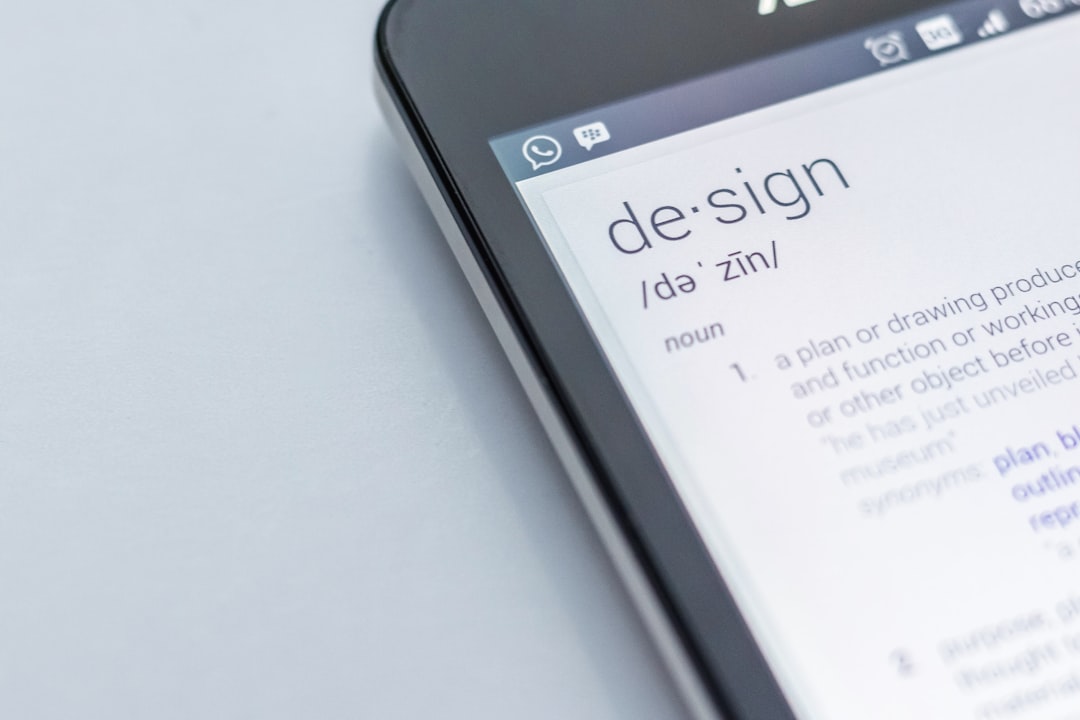In the realm of modern aesthetics, design transcends mere visual appeal, embodying functionality, innovation, and psychological impact. This article explores the multifaceted nature of contemporary design, which integrates technology, sustainability, and user experience to redefine spaces and products. Dive into the intricacies of how design shapes our everyday interactions and future.
The Blueprint of Innovation
Innovation in design acts as the central nervous system for the development of new products and services. It’s not enough for designers to create something that looks good—they must also ensure it works seamlessly and addresses a genuine need. The most successful designs often come from a deep understanding of consumer behavior, combined with the foresight to anticipate future trends. This relationship between design and innovation is symbiotic, as each drives the other forward in a continuous loop of refinement and reinvention.
Bridging Function and Form
The true beauty of innovative design lies in its ability to merge functionality with aesthetics. Consider the evolution of personal electronics; the transformation of clunky, purely functional gadgets into sleek, sophisticated devices exemplifies this blend. This synergy is not serendipitous but a deliberate effort to enhance user experience while maintaining, or even enhancing, functionality.
Sustainability: Designing the Future
Sustainability is no longer a buzzword but a crucial element in contemporary design practices. Designers are increasingly adopting eco-friendly materials and processes, aiming to reduce environmental impact and promote responsible consumption.
The Role of Eco-conscious Materials
The choice of materials in design projects speaks volumes about a brand’s ethos and commitment to sustainability. From recycled plastics to organically grown fibers, materials are selected not only for their aesthetic qualities but also for their environmental credentials. This shift is supported by advancements in technology, which have made sustainable materials both more accessible and more effective.
The User at the Core
User-centered design (UCD) is a framework that grounds the design process in the needs and wants of users. By involving users in the development process, designers can create more effective, tailor-made solutions that resonate more deeply with the target audience.
Empathy as a Design Tool
Empathy maps and user personas have become essential tools in the designer’s toolkit. These instruments help designers step into the shoes of the user, understanding their motivations, frustrations, and desires. This empathetic approach not only leads to higher user satisfaction but also encourages greater customer loyalty.
Digital Realms and Virtual Frontiers
With the digital age in full swing, design has transcended physical boundaries, venturing into virtual spaces and digital interfaces. The rise of virtual reality (VR) and augmented reality (AR) offers designers unprecedented ways to create immersive experiences.
Interactivity and Engagement Online
Interactive design elements can significantly enhance user engagement. From simple animated effects to complex VR settings, the key is to create interactive layers that are intuitive and enhance the overall user experience. This digital approach allows designers to experiment with elements that are not possible in the physical world, pushing the boundaries of creativity.
The Cultural Impact of Design
Design is deeply intertwined with culture—it both influences and is influenced by the societal contexts in which it exists. As global interaction increases, designers are more than ever responsible for creating works that are culturally sensitive and inclusive.
Design as a Universal Language
Despite cultural differences, good design can transcend geographical and linguistic barriers, delivering a universal message that resonates across diverse audiences. This universality is what makes design a powerful tool for global communication and connection.
In conclusion, the field of design is dynamic and ever-evolving, with each aspect—from sustainability to digital innovation—playing a pivotal role in shaping how we live and interact with our environment. As we look to the future, the principles of thoughtful, inclusive, and innovative design will be crucial in addressing the challenges and opportunities of our times.







